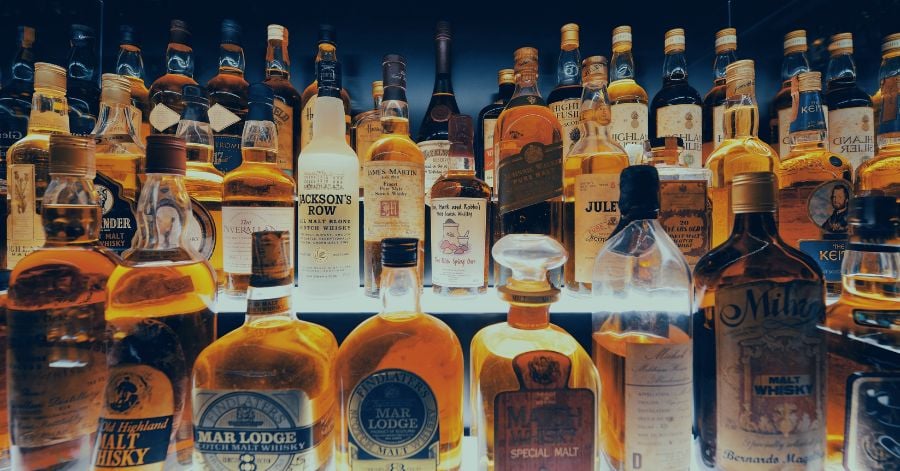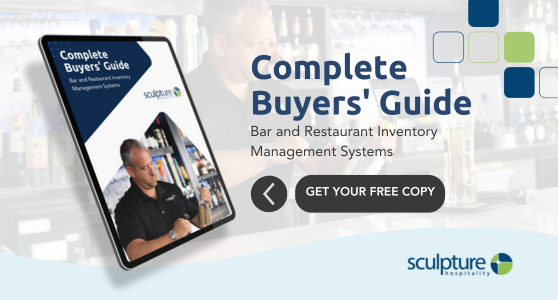Running a successful bar or restaurant requires efficient inventory management, especially when it comes to liquor bottles. Keeping track of the quantity and quality of your spirits is crucial for maintaining profitability and providing excellent customer service.
Over the years, various methods have been employed to calculate liquor inventory, ranging from visual estimates to measuring devices. Of the methods available, weighing leads the way as the best method for maintaining proper liquor inventory control.
In this blog we’ll explain why that is so - helping to ensure that your bar implements a seamless way to measure liquor bottles.
What is Liquor Weighing?
Weighing liquor is as it sounds. Using a digital scale, you measure the weight of the liquor bottles to determine the quantity of liquid remaining in each bottle. Weighing liquor bottles provides a more accurate and reliable way to track and manage inventory.
In fact, weighing liquor bottles is a valuable technique that offers several advantages over other counting methods, such as tenthing:
- Time Efficiency
Weighing bottles can save significant time compared to the labor-intensive process of counting individual bottles. It allows bartenders and staff to focus on serving customers and other essential tasks.
- Precision
Weight measurement eliminates the possibility of human error inherent in manual counting, ensuring reliable liquor inventory records and minimizing discrepancies.
- Detecting Losses
Weighing bottles allows you to identify potential losses due to spillage, breakage, or unauthorized consumption. This insight helps to reduce waste and prevent theft.
The Weighing Process
To properly weigh your bar liquor, you will want to invest in a high-quality digital scale with a fine measurement resolution to ensure accurate readings. Look for a scale capable of measuring in grams or ounces, depending on your preference.
You will also need to know the weight of an empty bottle. The best way to do this is by weighing an empty bottle. You can also weigh a full bottle and subtract the liquid weight.
If you’re using a bar inventory system, check to see if they have a database of bottle weights. Some databases will tell you the full and empty weight of the most popular brands.
Once you have this, follow these steps to weigh your liquor bottles accurately and streamline your inventory control:
- Prepare the Scale: Press the tare function to set the weight to zero. If you have an empty bottle on hand, place it on the scale and then select the tare function. This will give you the actual weight of the liquor and allow you to skip step four.
- Weigh the Bottle: Place the open bottle on the scale.
- Record the Results: Takedown the weight of each bottle as you weigh them. Keep a spreadsheet or use inventory management software to maintain an organized and easily accessible record of your stock levels.
- Calculate the Liquor Weight: If you didn’t select the tare function using an empty bottle you will need to calculate out the empty bottle weight. If you have a bar inventory app, it will do the calculation for you. If not, you’ll have to do it manually. To do this, subtract the empty bottle weight from the weight the scale provided.
Mastering inventory control through weighing liquor bottles is a powerful technique that can revolutionize the way you manage your bar or restaurant's stock. By incorporating this method into your inventory management strategy, you can save time, improve accuracy, and detect losses more effectively.
Remember, a well-managed inventory not only impacts your bottom line but also enhances the overall customer experience. Cheers to successful inventory control through the art of weighing liquor bottles.
Need help to achieve inventory management success? Sculpture’s team of bar inventory experts can help. Get in touch with us today for more information.





.png)





